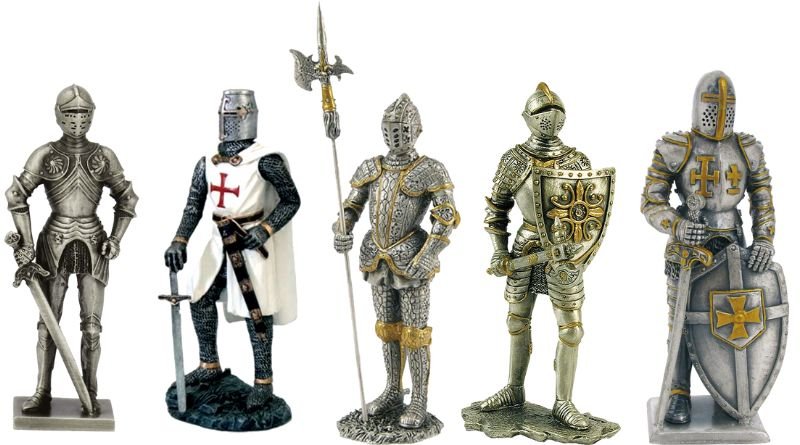There are many different types of body armor that can be worn for protection. Each type is designed to protect against specific types of threats, such as gunshots or stab wounds. The type of threat one may face varies from person to person and can depend on where they live and what activities they participate in. Though there are several types of body armor available, choosing the right one for you may seem overwhelming. The good news is that there are a few factors you can consider when making your decision. To help you understand the pros and cons of each type of body armor and decide which one is best for your needs, we’ve compiled this helpful article.
What to Look for When Purchasing Body Armor
It can be helpful to know what to look for when purchasing body armor. This way, you can make sure to purchase the type of body armor that best suits your specific needs, ensuring that it’s as effective as possible. When purchasing body armor, keep the following in mind: Protection – The first thing to consider when purchasing body armor is how much protection it will provide. If you’re purchasing a bulletproof vest, for example, you want to make sure that it can protect you against the type of threat you’re most likely to face.
Likewise, if you’re purchasing a knife-proof vest, you want to make sure it can protect you against the type of knife you’re most likely to face. Durability – Next, you want to make sure that your body armor is durable enough to last for as long as you need it. The last thing you want is to have to replace your body armor too soon because it’s not made well enough to last. Comfortability – When purchasing body armor, you also want to make sure that it’s comfortable to wear. If it’s too uncomfortable, you may not wear it as often as you should, which means you’re putting yourself at risk for harm.
Bulletproof vests
A bulletproof vest is an item of body armor that’s designed to protect against handgun bullets. Bulletproof vests can be worn on the torso, and sometimes even on the legs or arms. These types of vests are great for people in law enforcement, as well as recreational shooters and hunters. Bulletproof vests come in two main types: soft and hard. Soft vests are usually made of material, such as Kevlar, while hard vests are usually made of ceramic. Though both types of bulletproof vests can provide protection against handgun bullets, hard vests are more effective at protecting against rifle bullets. Bulletproof vests are often classified based on the severity of the threat to which they can protect against. The most common classifications for bulletproof vests are Level II and Level III. Level II vests are designed to protect against .380 Auto, .38 Special, . 32 S&W, and .22 long rifle gunshots. Level III vests are designed to protect against rifle bullets.
Ballistic vests
A ballistic vest is another type of body armor that’s designed to protect against handgun bullets. Ballistic vests are designed to protect the torso, though sometimes they can protect the arms as well. These vests provide less protection than bulletproof vests, but they’re much lighter, making them ideal for tactical situations. Ballistic vests are often worn by law enforcement officers, SWAT teams, and military personnel. These vests come in two main varieties: soft and hard. Though they can provide protection against handgun bullets, some are not effective against rifle bullets. Like bulletproof vests, ballistic vests are also often classified based on the severity of threat they can protect against. The most common classification for ballistic vests is Level IIA.
Knife-proof vests
A knife-proof vest is a type of body armor that’s designed to protect against knife threats. Knife-proof vests are often worn by people who work in the food industry, law enforcement, and corrections officers. These vests can provide protection against slashing and stabbing threats. Knife-proof vests come in two main varieties: soft and hard. Soft vests are made of Kevlar and are designed to protect against slashing threats. Hard vests are made of ceramic and are designed to protect against stabbing threats. Like bulletproof and ballistic vests, knife-proof vests are also often classified based on the severity of threat they can protect against. The most common classification for knife-proof vests is Level II.
Electronic Body Armor
Electronic body armor is another type of body armor that’s designed to protect against knife threats. Electronic body armor is made of a high-density polyethylene with a silver nano-coating. This type of body armor is designed to be lightweight, making it ideal for SWAT or tactical situations, as well as for other occupations that require constant movement. Unlike other types of body armor, however, electronic body armor is not designed to protect against bullets. Instead, it is designed to protect against knife and slash threats. Electronic body armor is often used by law enforcement and corrections officers in areas where weapons are commonly used, such as prisons.
Standing Recommendation
Whichever type of body armor you choose, make sure that it’s high-quality, reliable, and made by a reputable company. After all, the last thing you want is for your body armor to fail you when you need it most. For these reasons, it’s important to carefully consider which type of body armor you need and make sure that it’s up to pa











.jpg&h=630&w=1200&q=100&v=5f99a4b43f&c=1)








Discussion about this post